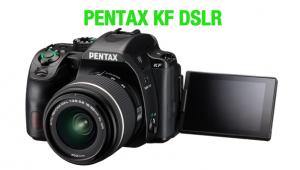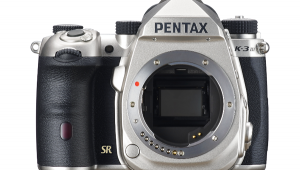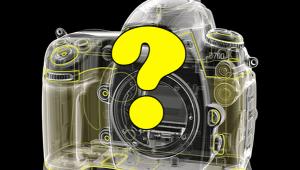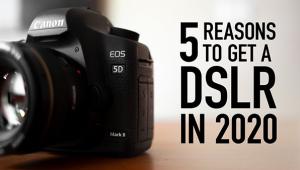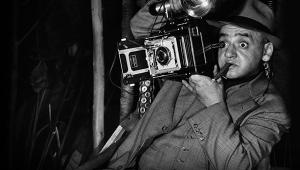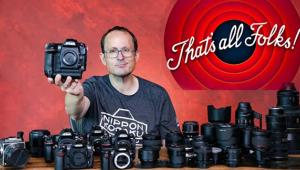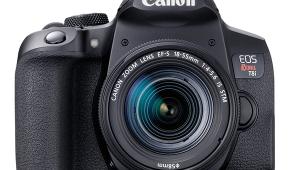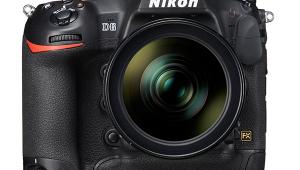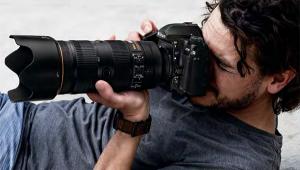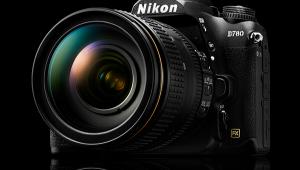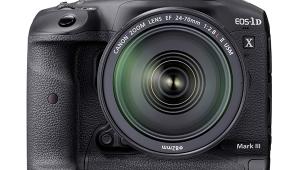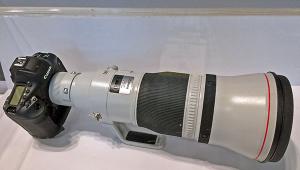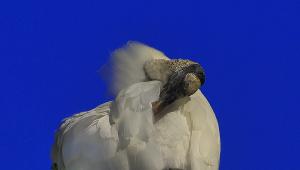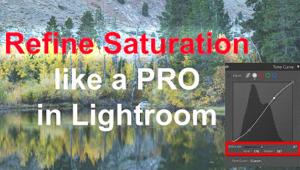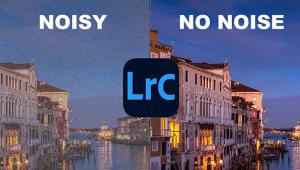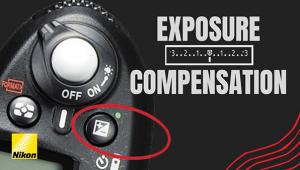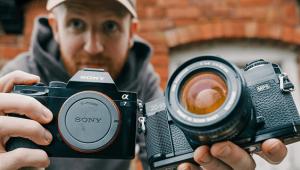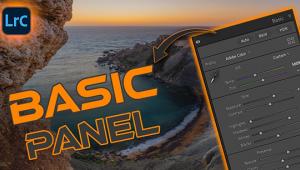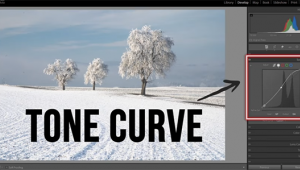A Trio Of Sony D-SLRs; The Sony A350, A300, And A200 Page 2
Sony's Super SteadyShot stabilizer is compatible with virtually all Maxxum lenses and all of the Sony and Carl Zeiss ZA (Zeiss Alpha) series. The CCD-shift system is very effective. Indoors and in night photography without flash, I was consistently getting sharp photos at 50mm (75mm equivalent) using a shutter speed of 1/15 sec. At a longer 1/8 sec, roughly half my photos were sharp. When bracing the camera against some solid object, I was usually able to make technically good images at shutter speeds as long as a 1/2 sec.
 |
|
|
Image Capture And Processing
All three of these Alpha D-SLRs are equipped with CCD sensors but their effective resolution differs: 14.2 megapixels for the A350 and 10.2 megapixels for the A200 and A300. They also employ the same Bionz processing engine with Large Scale Integrated (LSI) circuitry to generate images quickly while maintaining a wide tonal range, accurate colors, and minimal digital noise. Speed is enhanced by two-channel data transfer from the CCD to the processor and a large buffer allowing for recording an "unlimited" number of JPEGs when using a very fast CompactFlash card. More importantly, any of the trio can process a burst of 10 Large/Fine images in under 3 seconds so it's almost always ready to shoot another long burst.
The Bionz processor also provides the Dynamic Range Optimizer with two options. Standard DRO employs standard gamma curves to modify the entire image, to recover shadow detail in scenes with high contrast or strong backlighting. The extra processing takes very little time so there's no camera slowdown but highlight areas are sometimes too bright. In Advanced DRO, the processor analyzes 1200 individual segments of the scene; it will then lighten shadow areas and darken very bright areas in order to bring out detail in both. This more sophisticated process does cause the camera's framing rate to slow noticeably after about three shots but provides greater effectiveness.
 |
|
|
Evaluation: The primary technical difference among the three Alpha cameras is the effective resolution or the number of pixels on the 23.6x15.8mm sensor. Because of the greater number of pixels on the CCD used in the A350, each invididual photosite must be smaller although specific data on this aspect was not available. When light-sensitive dots are smaller they're less sensitive to light so "analog gain" must be applied at higher amplification to boost the weaker sensor signal. That produces a lower Signal-to-Noise (S/N) ratio causing more obvious digital noise. Dynamic range can also be narrower: the sensor may not be able to record full detail in both highlight and shadow areas.
Based on those facts, image quality should be higher with the A200 and A300 than with the A350. And yet, that's definitely not obvious, based on my review of the images on a professional monitor and in 13x19" prints. At ISO levels to 800 all of the images from the three cameras were virtually identical in digital noise and dynamic range; even at higher ISO the difference was subtle. That's probably because the A350 employs different processing algorithms and because of the advantages provided by the additional four million pixels. Regardless of pixel size, anyone who often makes large prints will definitely appreciate the higher resolution available with the A350.
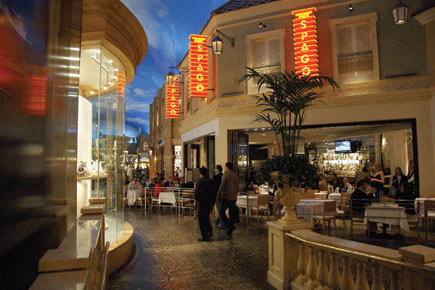 |
|
|
While the JPEGs made by the 10.2- and 14.2-megapixel cameras are not identical, I can provide the following general evaluation. The Standard Picture Style mode provided excellent color accuracy, attractive skin tones, snappy contrast, and moderately high saturation and sharpness. Low ISO quality is superlative, particularly in raw capture. Some digital noise is visible at ISO 400, but this level is still fine for all-purpose use. In high ISO images, noise reduction is not very aggressive, so there's not much softening or loss of fine detail. Well exposed images made at ISO 800 are suitable for making exhibition-quality, letter-size prints while my ISO 3200 photos made for nice 5x7" glossies.
Auto WB was very effective outdoors but the evaluative metering system often underexposed light-toned scenes. While DRO--particularly the Advanced mode--provided some improvement, this system could not work miracles. For the best results, it's important to use exposure compensation as necessary. I don't recommend leaving DRO on at all times, since it does create a slightly over-processed effect; the Standard mode sometimes produces excessively bright highlight areas. Use this feature as a problem-solving tool for a wider tonal range in high-contrast lighting.
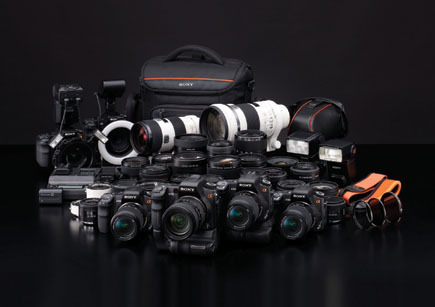 |
|
|
- Log in or register to post comments

